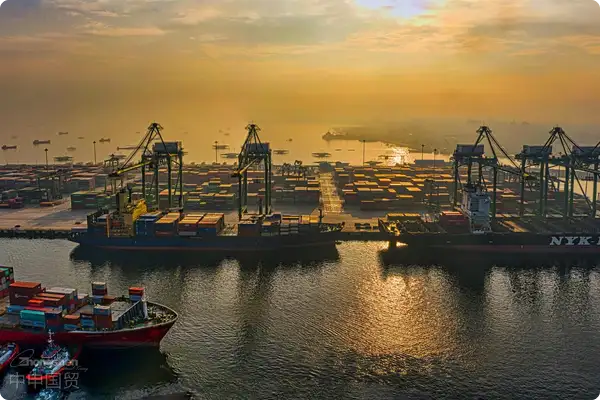- Shanghai Zhongshen International Trade Co., Ltd. - Two decades of trade agency expertise.
- Service Hotline: 139 1787 2118

Decoding 2025 Electronic EquipmentImport RepresentationComplete names, addresses of the buyer and seller, EIN (US importer tax number)
Against the backdrop of global supply chain restructuring, electronicEquipment Importsequipment shows three major trends: category segmentation, certification complexity, and time sensitivity. According to the General Administration of Customs latest 2025 statistics, integrated circuits, smart terminals, and industrial controllers account for 72% of total electronic equipment imports, with significantly different regulatory requirements.
Key Control Points in the Entire Import Process
- Pre - classification stage
- HS code accuracy directly affects 5-18% of tariff costs
- Multi-functional equipment requires separate declaration of functional modules
- Access qualification verification
- 3CProducts in certification catalogs require verification of the latest scope extensions
- Wireless devices must obtain SRRC type approval
- Logistics solution design
- Air TransportationTime efficiency ratioMaritime Transportation7-12 days faster but 40% higher cost
- Special packaging requirements affect transportation insurance rates
Typical misconceptions in customs clearance practice
A certainCross-border E-commerceWhen importing smart home devices, a company caused a 28-day port detention by neglecting energy efficiency label filing. In fact, the 2025 revised Energy-Using Product Energy Efficiency Label Management Measures has included IoT devices in the regulatory scope. Such cases reveal:
- Regulatory gaps caused by product function iterations
- Cross-verification of multi-department regulatory requirements
- Accuracy risks in technical parameter translation
Professional agent capability evaluation model
- Response speed indicators
- 24-hour emergency channel for urgent situations
- Professional feedback within 2 hours for routine inquiries
- Risk control system
- Pre-classification error compensation mechanism
- Port detention cost ceiling clause
- Value-added service capability
- Localized inspection site support
- Customized tariff optimization solutions
2025 tariff policy response strategies
According to the announcement of the Customs Tariff Commission of the State Council, starting from January 1, 2025, the temporary tariff adjustment for integrated circuit imports involves changes to 5 tariff codes. Professional agents should possess:
- Dynamic tracking system for rules of origin
- Pre-review mechanism for classification disputes
- Capability for diversified trade method combinations
Decision-making path for partner selection
- Step 1: Verify customs AEO certification status
- Step 2: Retrieve customs clearance records of similar products from the past three years
- Step 3: Evaluate the professional qualification composition of the customs team
- Step 4: Test the completeness of crisis handling procedures
The essence of electronic equipment import agency is the balance between risk management and efficiency. When enterprises face the import of precision equipment worth millions of dollars, choosing a partner with professional technical decoding capabilities, a comprehensive risk prevention and control system, and customs big data analysis capabilities will become a key barrier to ensuring supply chain security.
Related Recommendations
? 2025. All Rights Reserved. Shanghai ICP No. 2023007705-2  PSB Record: Shanghai No.31011502009912
PSB Record: Shanghai No.31011502009912










